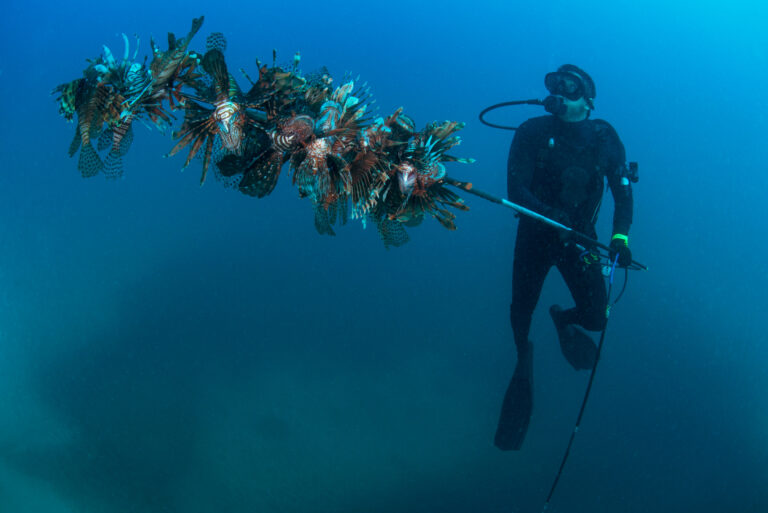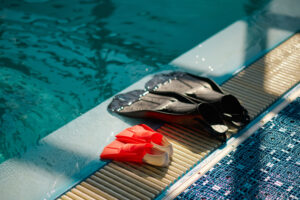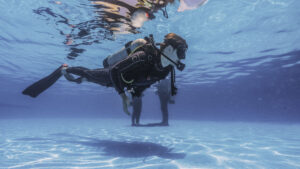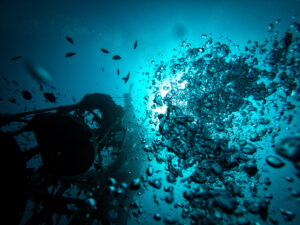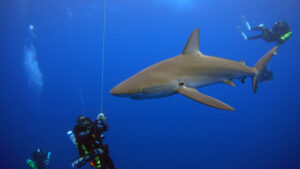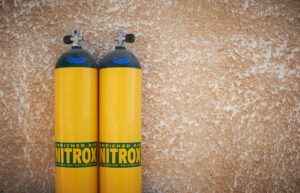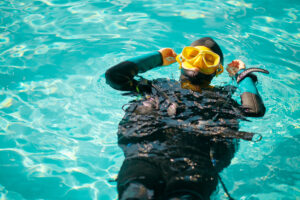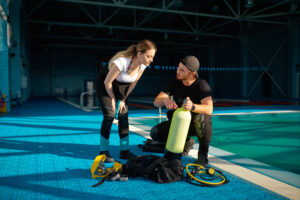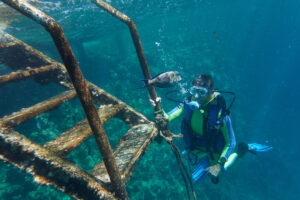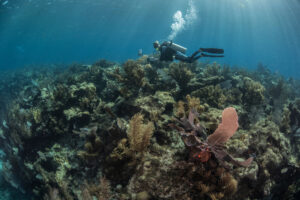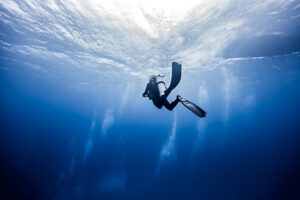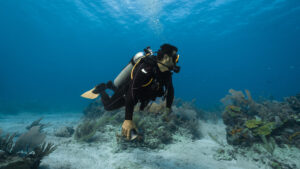What is a Frog Kick?
The frog kick is a scuba diving propulsion technique that has gained popularity among both recreational and technical divers over the years. It is a highly efficient method of underwater locomotion that minimizes the amount of silt, sand, or other debris that a diver may stir up during their dive. The frog kick is named after its similarity to the way a frog swims, using a wide, sweeping motion with their legs to generate forward propulsion. This article will discuss the frog kick’s history, mechanics, benefits, and applications in scuba diving.
History
The frog kick has its origins in cave and wreck diving, where visibility is often limited, and disturbing the delicate environment can be both dangerous and damaging to the underwater ecosystem. Pioneered by cave divers in the 1980s, the frog kick became an essential tool for maneuvering through tight spaces and maintaining precise buoyancy control. As the technique gained recognition, it was quickly adopted by divers in various fields, from underwater photography to scientific research, due to its potential for reducing environmental impact and enhancing dive safety.
Mechanics
The frog kick is executed by bending the knees and bringing the legs together, with the bottoms of the feet facing each other, mimicking the position one might take when sitting cross-legged on land. The diver then moves their legs outward in a sweeping motion, pushing water behind them to generate forward thrust. As the legs reach the end of the outward sweep, they are brought back together, and the cycle repeats. This technique relies on the flexible movement of the ankle and hip joints and requires proper fin selection to maximize efficiency.
Benefits:
- Reduced environmental impact: The frog kick minimizes the chances of stirring up sand or silt, making it an eco-friendly choice for diving in sensitive environments. By keeping the diver’s fins off the bottom, it helps to preserve delicate marine habitats and maintain visibility for other divers in the area.
- Enhanced control and maneuverability: The frog kick allows divers to make precise movements and maintain better control over their position in the water column. This is especially important in confined spaces, such as caves and wrecks, where the ability to move efficiently without disturbing the environment is crucial.
- Increased efficiency and reduced fatigue: The frog kick is a more energy-efficient propulsion technique compared to the standard flutter kick. By engaging larger muscle groups and promoting a more streamlined body position, divers can cover greater distances with less effort, ultimately conserving energy and reducing fatigue on longer dives.
- Improved buoyancy control: The frog kick promotes a horizontal body position, which helps divers maintain better buoyancy control. This is particularly important for technical divers who must manage complex equipment configurations and multiple gas sources.
Applications:
- Cave and wreck diving: The frog kick was initially developed for use in cave and wreck diving, where the need for precise control and minimal environmental disturbance is paramount. The technique is still widely used in these disciplines today, allowing divers to navigate tight spaces and maintain their position without damaging fragile ecosystems.
- Underwater photography and videography: The frog kick’s ability to minimize sediment disturbance makes it an ideal choice for underwater photographers and videographers. By reducing the amount of silt and sand kicked up during a dive, photographers can capture clearer images with less backscatter.
- Scientific research diving: As with underwater photography, scientific research diving often requires minimal disturbance of the environment. The frog kick allows researchers to approach marine life and collect samples without causing unnecessary damage to the delicate ecosystems they are studying.
- Recreational diving: Many recreational divers have adopted the frog kick as their preferred method of propulsion due to its numerous benefits. Divers who embrace this technique often find that they can enjoy longer, more comfortable dives with less impact on the environment.
Key Takeaways
The frog kick has become an essential tool in the modern diver’s repertoire, offering a multitude of benefits that extend far beyond its initial applications in cave and wreck diving. With its focus on efficiency, control, and minimal environmental impact, the frog kick is a technique that can enhance the diving experience for both beginners and seasoned veterans alike.
As scuba diving continues to evolve and divers become more environmentally conscious, the frog kick will likely gain even more widespread acceptance as a standard underwater propulsion method. By adopting this technique, divers can contribute to the preservation of delicate marine ecosystems while also improving their own diving skills and safety.
In order to master the frog kick, it is essential for divers to practice the technique regularly and seek guidance from experienced instructors or dive buddies. Proper fin selection, including flexible, yet sturdy fins with appropriate stiffness, will also contribute to the effectiveness of the frog kick.
While the frog kick might not be the ideal propulsion method for every situation, its versatility and numerous advantages make it a valuable addition to any diver’s skill set. By integrating the frog kick into their underwater routines, divers can enjoy more controlled, efficient, and environmentally responsible dives, ultimately leading to more satisfying and memorable underwater experiences.
In summary, the frog kick is a versatile and efficient propulsion technique that has become an indispensable skill for many scuba divers. Its origins in cave and wreck diving have given way to widespread adoption across various diving disciplines, including recreational, scientific, and underwater photography. The frog kick’s ability to minimize environmental impact, conserve energy, and enhance dive safety makes it a valuable skill for divers of all levels to learn and incorporate into their underwater adventures.

